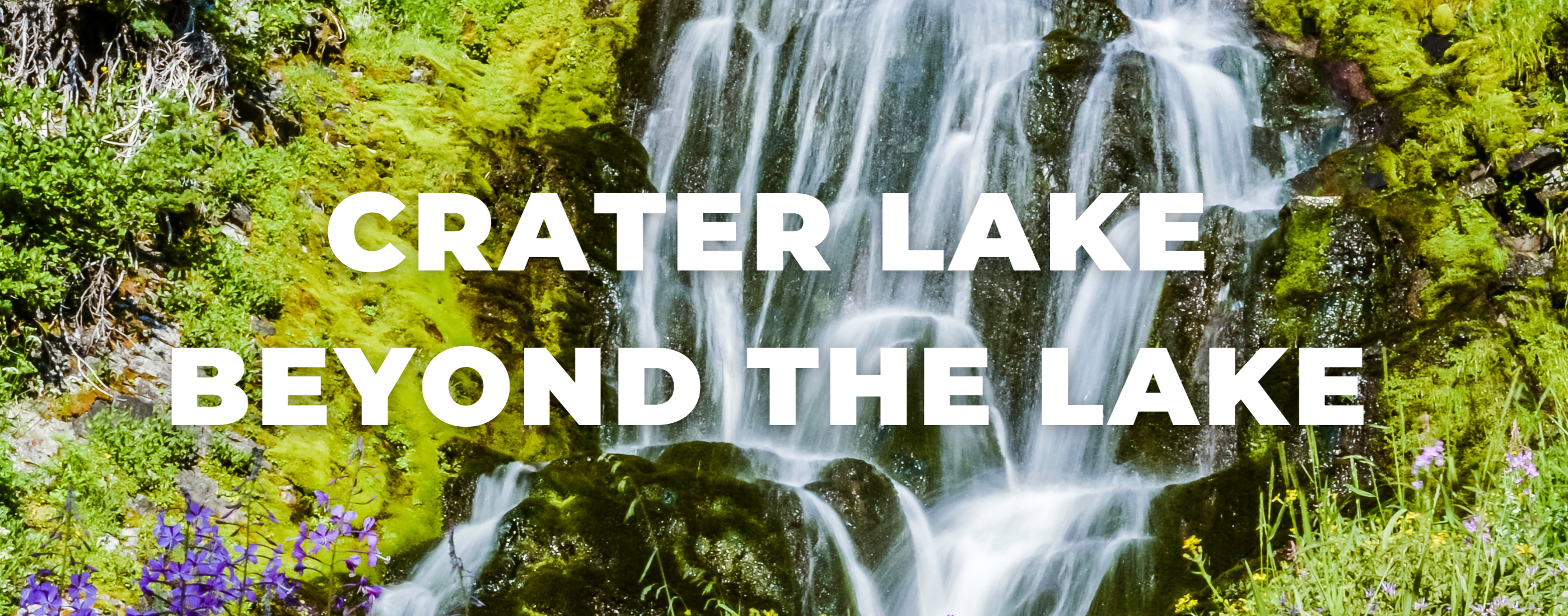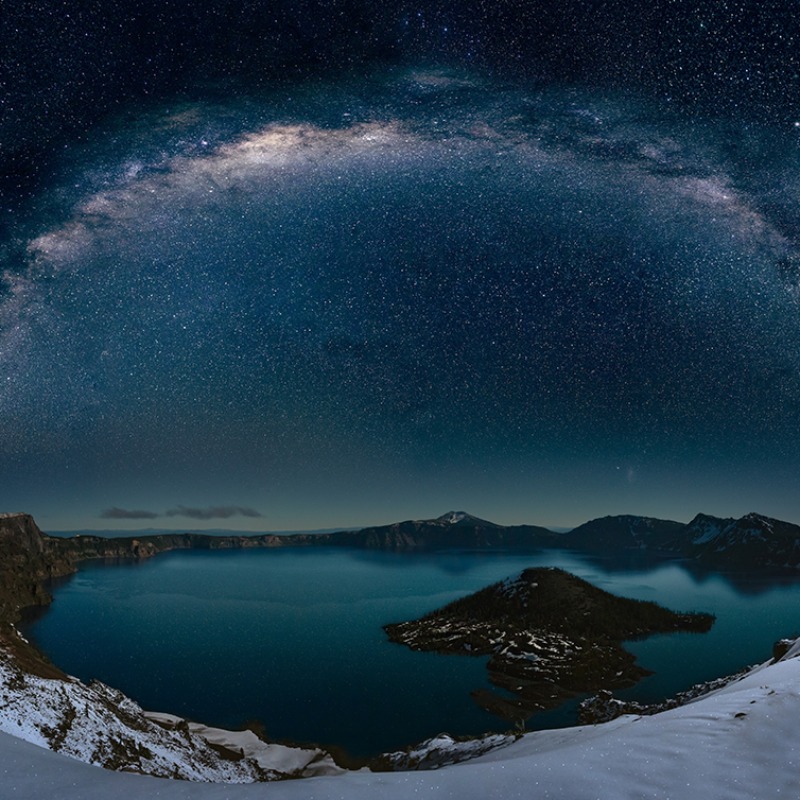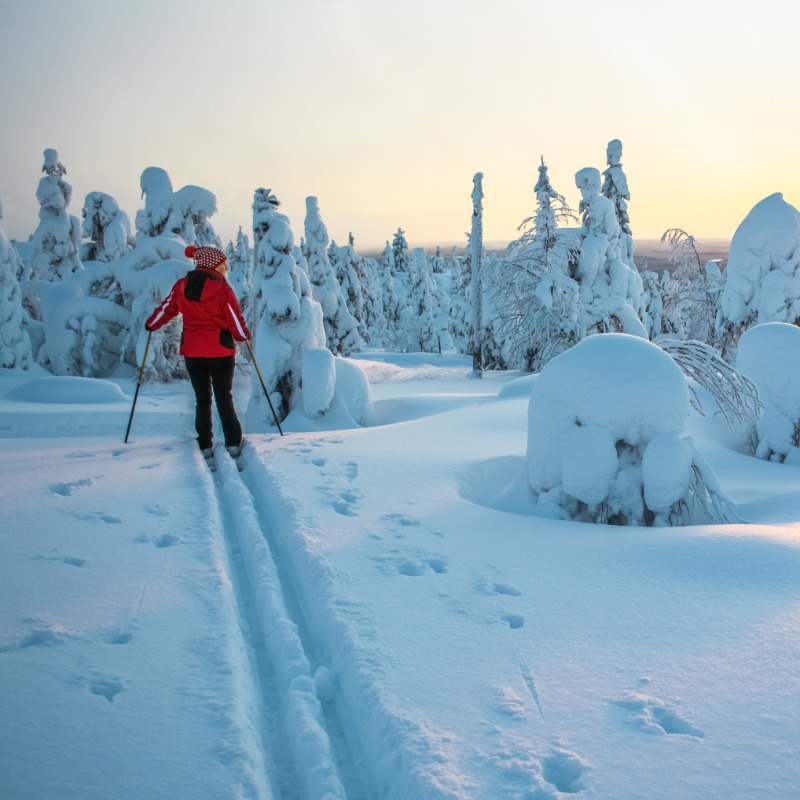CRATER LAKE: BEYOND THE LAKE
Crater Lake is an awe-inspiring natural wonder, but there’s much more to this stunning attraction than just the lake.
The national park has a multitude of extradorinary things to see and experience, including numerous trails, waterfalls, forests, wildflowers and more. The next time you visit Crater Lake, make sure you leave time to explore the national park too.
BEAUTIFUL CASTLE CREST WILDFLOWER TRAIL
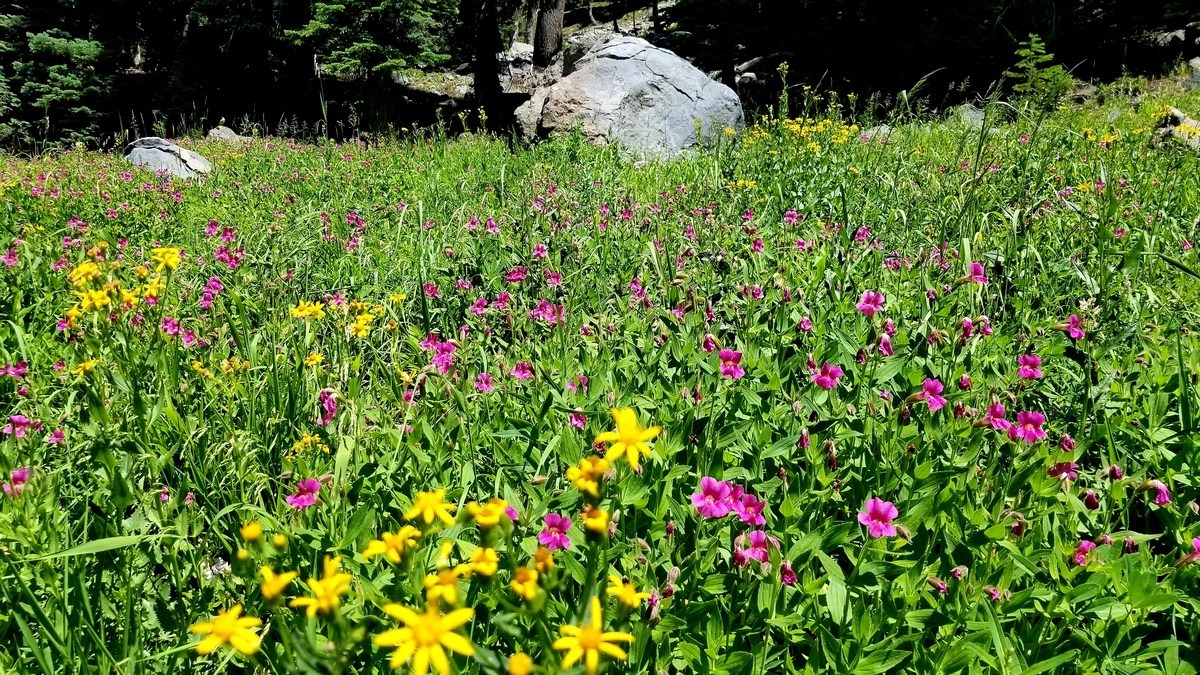
Only 0.4 miles round trip, Castle Crest Wildflower Trail is one of the shortest hikes in Crater Lake National Park.
Built in 1929 and originally called the “Castle Crest Garden'', the trail was created to provide visitors access to one of the most abundant wildflower displays in the park.
These wildflower gardens were common in other national parks, and made by either transplanting native flowers to a specific garden site, or into an existing meadow to increase the amount of blooming plants. In each garden, the flowers were labeled so visitors could identify the plants.
The wildflower meadow is bowl-shaped — enclosed on the north and east by Castle Crest Ridge rising 2,000’ above, and on the south and west by low moraines. Five springs create moist conditions within the meadow that support beautiful wildflowers. To this day, the trail gives visitors a way to interact with the wildflower displays.
How To Get There
The trail can be reached by a 0.4 mile connecting path from the park headquarters, but you can also start from the main trailhead, along the East Rim Drive.
The trail starts through a thin area of woodland and crosses a stream via a wooden bridge. It then turns north, climbing out of the woods and into a boggy area with several springs. Near the far side of the meadow, the trail moves through bushier surroundings. Finally, it returns past drier conditions and comes close to the stream again at the end.
THE STARRY NIGHT SKY + MILKY WAY GALAXY
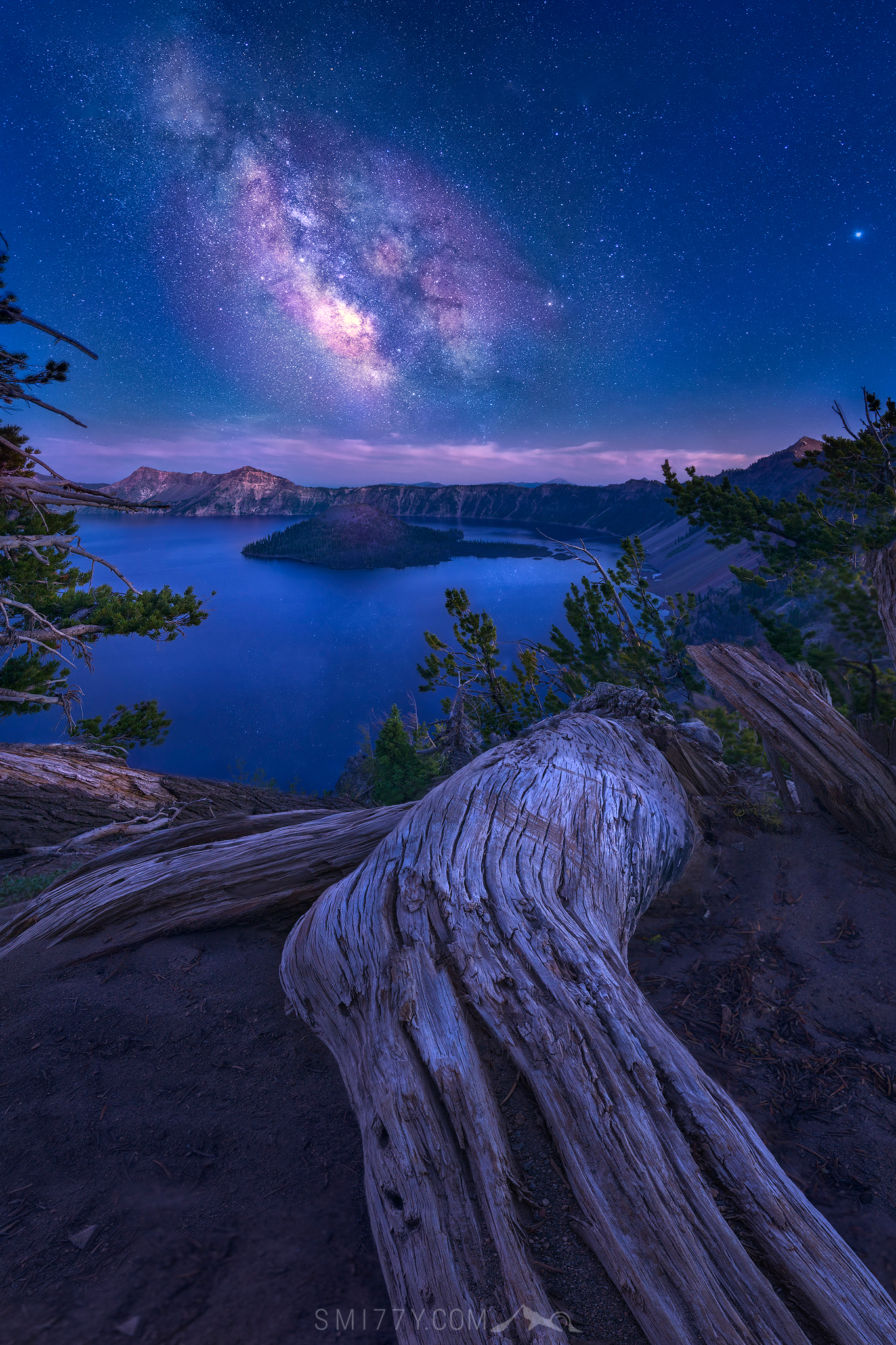
While exploring the park, don’t forget to look up! Crater Lake’s elevation offers stunning views across the lake and up above. The glow of the sunrise fills the sky in the early mornings, with colors reflecting off the water and snow.
At night, Crater Lake’s skies turn into some of the darkest in America. On clear nights, starscapes illuminate the sky, and you can see satellites, planets, and the Milky Way Galaxy.
HIKE & EXPLORE GARFIELD PEAK
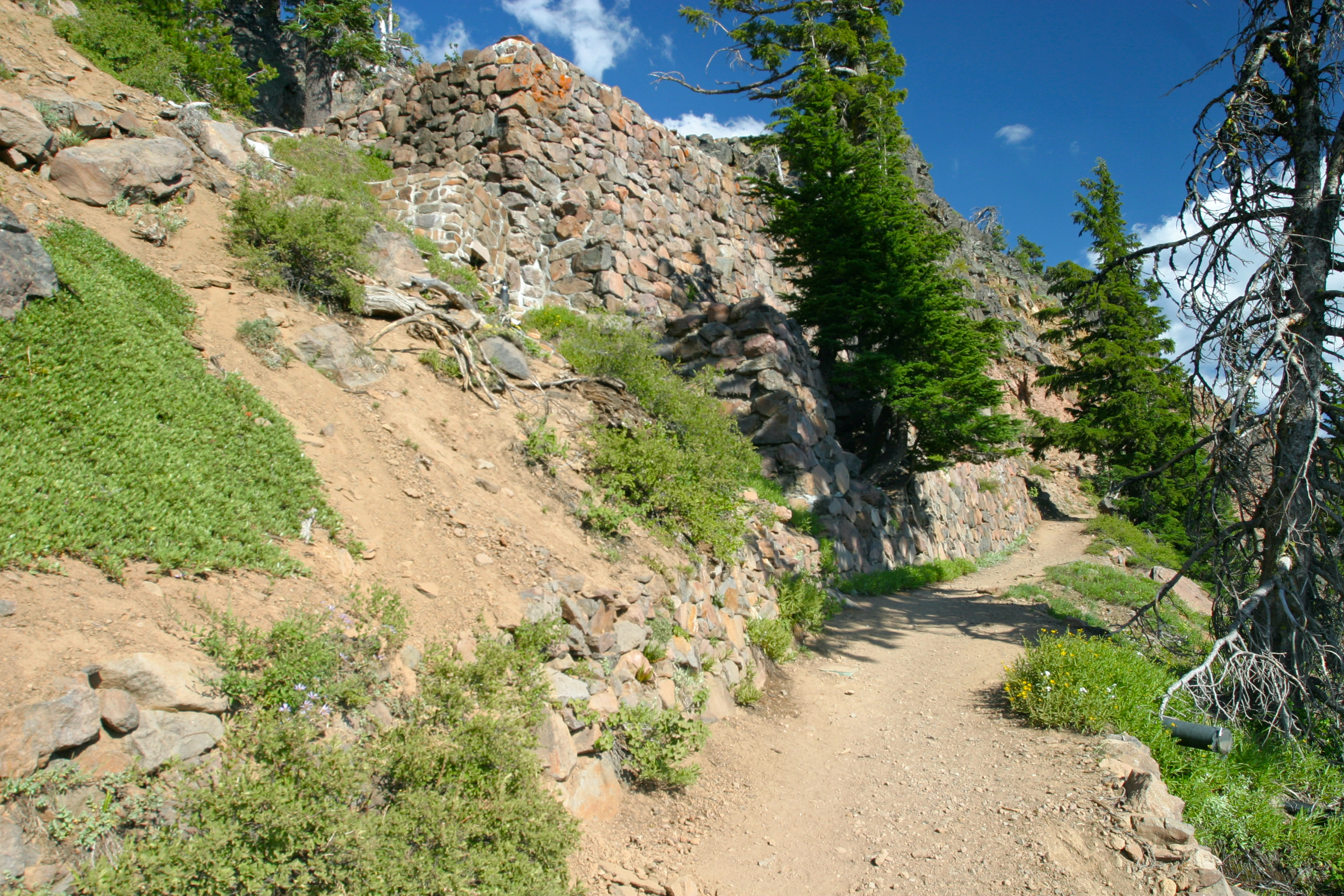
There are about 90 miles of trails around Crater Lake, most of which are day hikes. One of the best hikes in Crater Lake is Garfield Peak, a steep 3.4 mile round trip trail. You will enjoy breathtaking views along the trail and at the summit.
The trailhead is located at the eastern end of Rim Village by following the paved walkway behind Crater Lake Lodge. Allow 2-3 hours for this fantastic hike.
There is also a variety of flora and fauna along the trail. It’s covered by mountain hemlock and Shasta red fir, while whitebark pine and subalpine fir are at higher altitudes. Additionally, you’ll hear entrancing bird songs; specifically from the Thurber Junco, which breeds in the mountains of Southern Oregon.
CRATER LAKE WATERFALLS
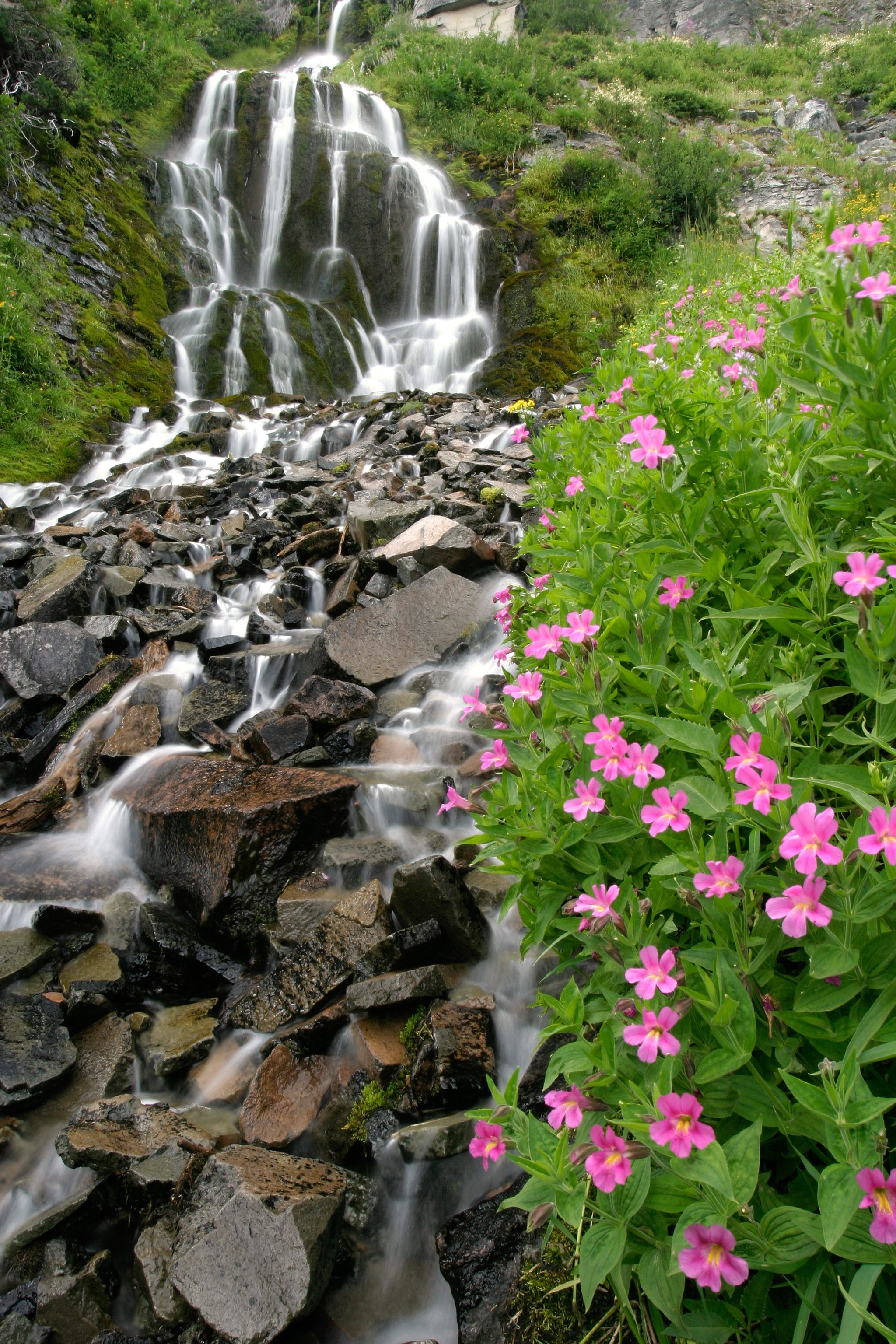
Water in the lake is the main source of awesome beauty that drives people from around to world to take in the Crayola colored Crater Lake Blue. However, the entire park is burnings with water it seems. There are three primary waterfalls within the park's borders including Vidae Falls, Plaikni Falls & Duwee Falls.
Vidae Falls is the easiest to access as it is a roadside waterfall that cascades 100 feet down the outside of the caldera to a crystal-clear pool of water. You can easily pull to the side and explore this beauty, you may also see people gathering around cooling their feet or taking pictures of the striking wildflowers that clim the edges of the rocks providing a picture perfect contrast to the water.
PUMICE PINNACLES
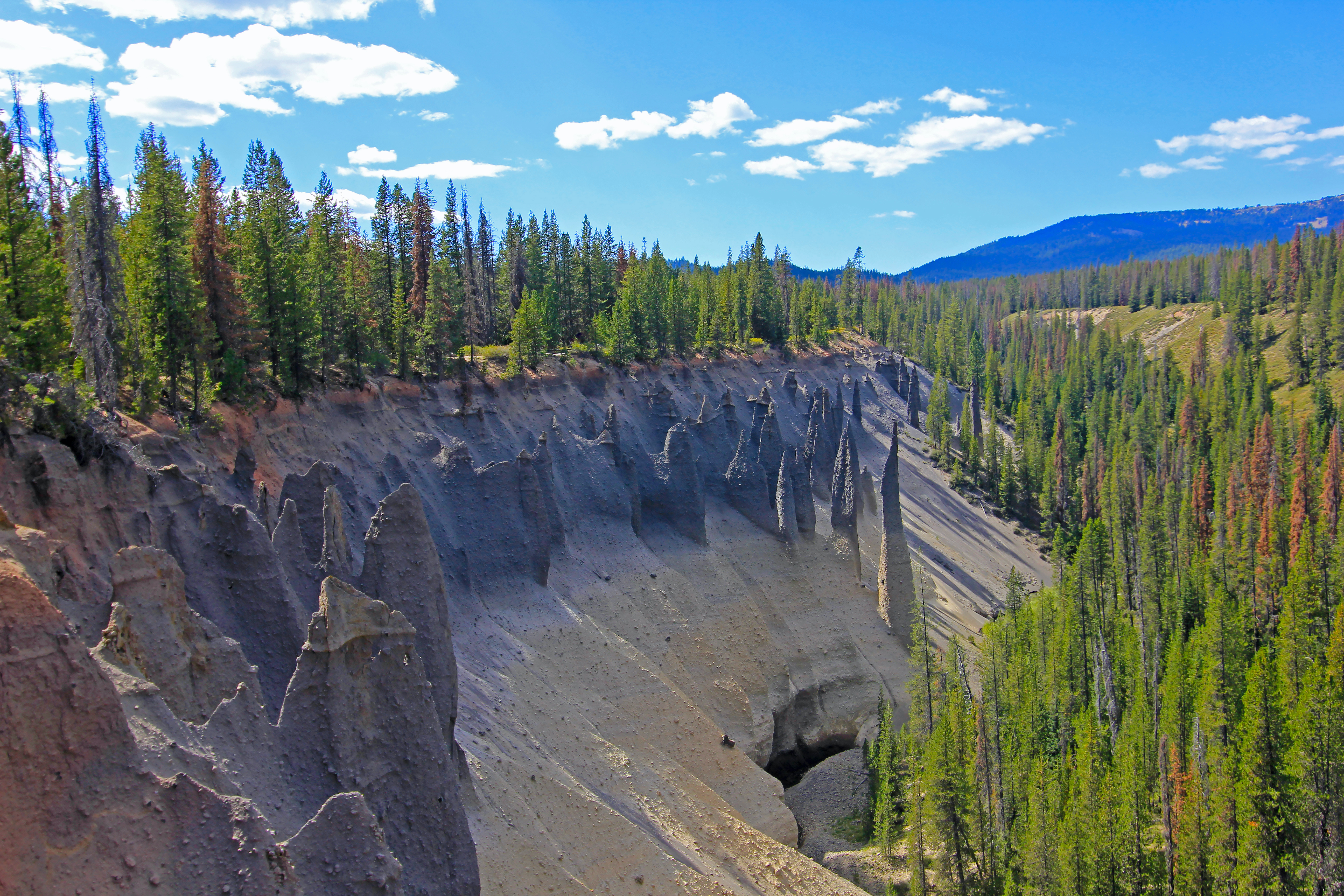
In the lower elevation southeast corner of Crater Lake National Park, the Pinnacles are a group of volcanic pumice spires, colored various shades of grey and brown, formed by erosion.
Pinnacles Trail is a short .5 miles route along the forested rim of Wheeler Creek, past a group of amazingly tall and narrow volcanic pinnacles, colored various shades of grey atop a lighter base.
Some cones are especially tall and graceful, dozens of feet tall and tapering very gradually to a sharp point - perhaps the narrowest erosional features in the West, certainly more slender than, for example the hoodoos of Bryce Canyon in Utah or the strange pillars of the Tent Rocks in New Mexico, according to AmericanSW.
The pinnacles, also known as fossil fumaroles, are surrounded by a belt of vegetation-free earth, which contrasts greatly with the lush greenery all around; pine woods on the canyon rim, bushes and grass along the valley floor. They may be viewed from overlooks at the end of the access road and along the half mile Pinnacles Trail that follows the valley further downstream, soon exiting the national park and meeting a forest track. This is a very short hike, but popular going to the unusual geology.
WILDFLOWERS OF CRATER LAKE
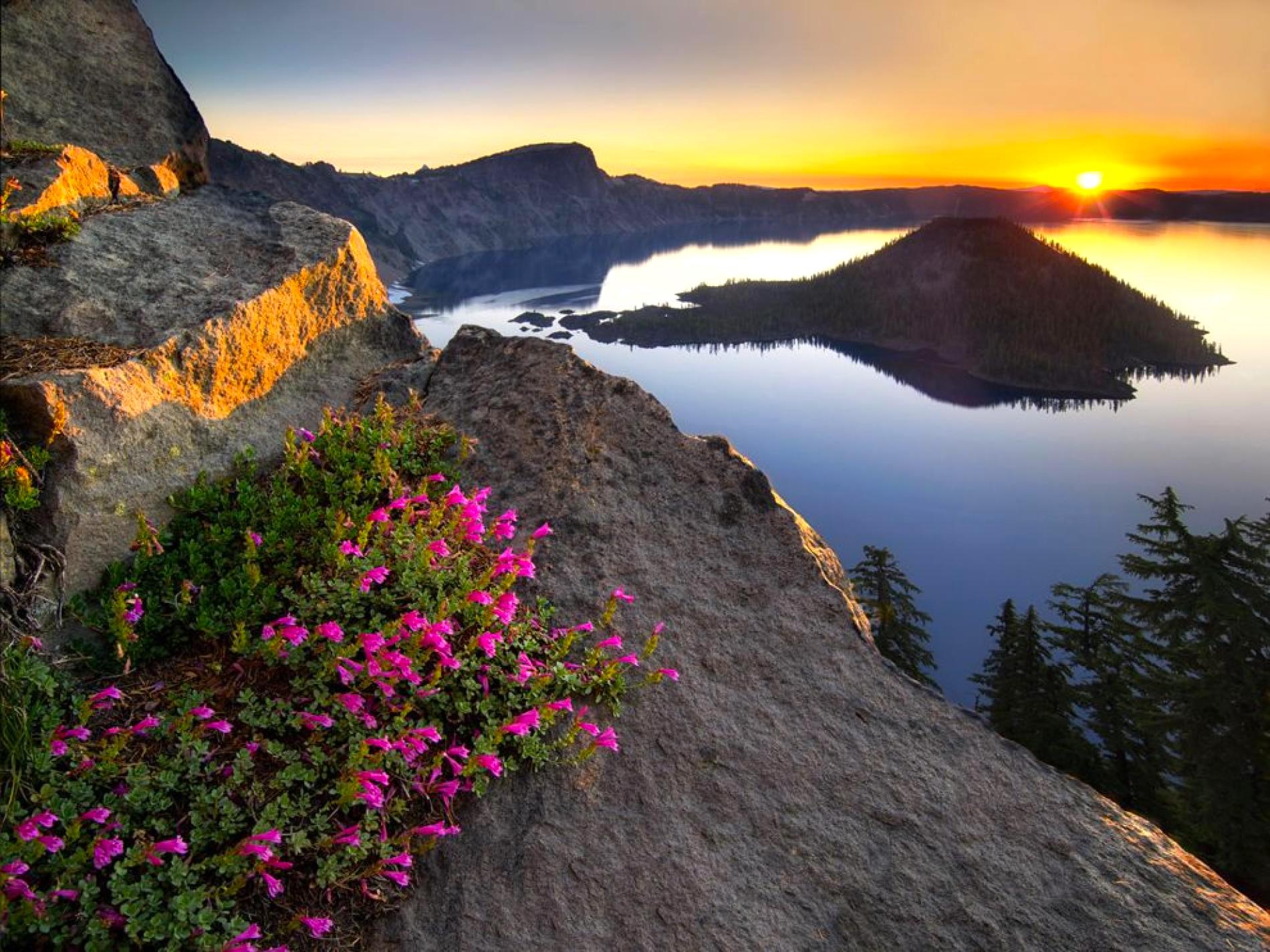
Crater Lake is famous for its sapphire waters, but the land holds many amazing sights and surprises. The next time you visit, discover all of the wildflowers in the park and see which are your favorite — including these two!
Woolly Sunflower
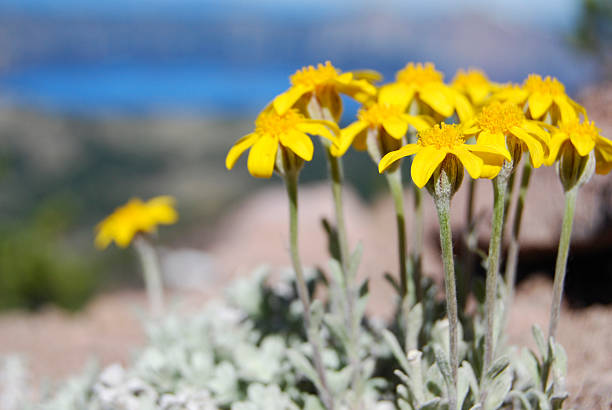
The yellow, sunflower-like blooms of eriophyllum lanatum are about 2” in diameter and have 5-13 ray florets. It’s also known as “Oregon Sunshine.” They commonly grow in dry, open places below 10,000 feet, but also on rocky slopes and bluffs.
Its flowers grow singly on stems that may be branched or unbranched and have a few small leaves. Leaves and stems are also covered by fine, woolly hairs. This plant is widespread across the Pacific and northern Rocky Mountain states, and has ten recognized varieties, most specific to California and the Pacific Northwest.
Baneberry
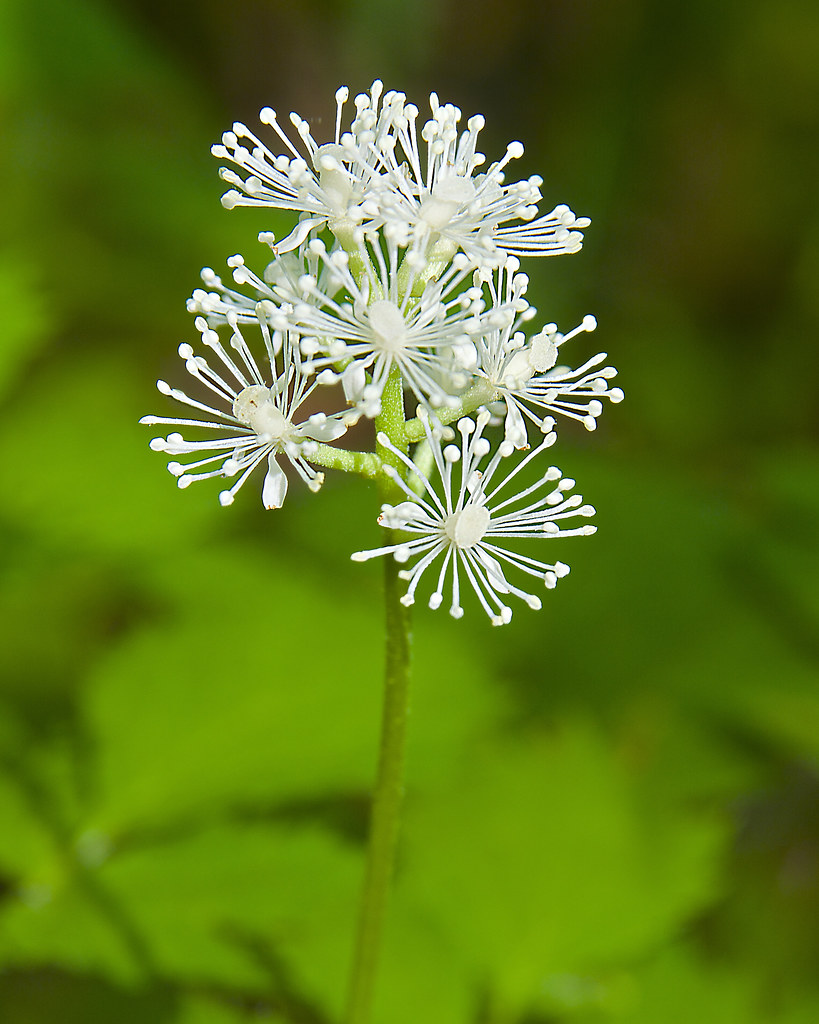
Actaea rubra is a common and widespread species, often found in mountainous regions of the West.
It is a bushy plant with large, highly divided leaves and a short, thick, rounded cluster of small white flowers. The branched, 1-3’ stems of this perennial have two or three large compound leaves, each divided three times. Above the foliage are dense clusters of small white flowers. The fruit is an attractive, but poisonous, red berry.
FOUR OLD GROWTH FOREST ZONES
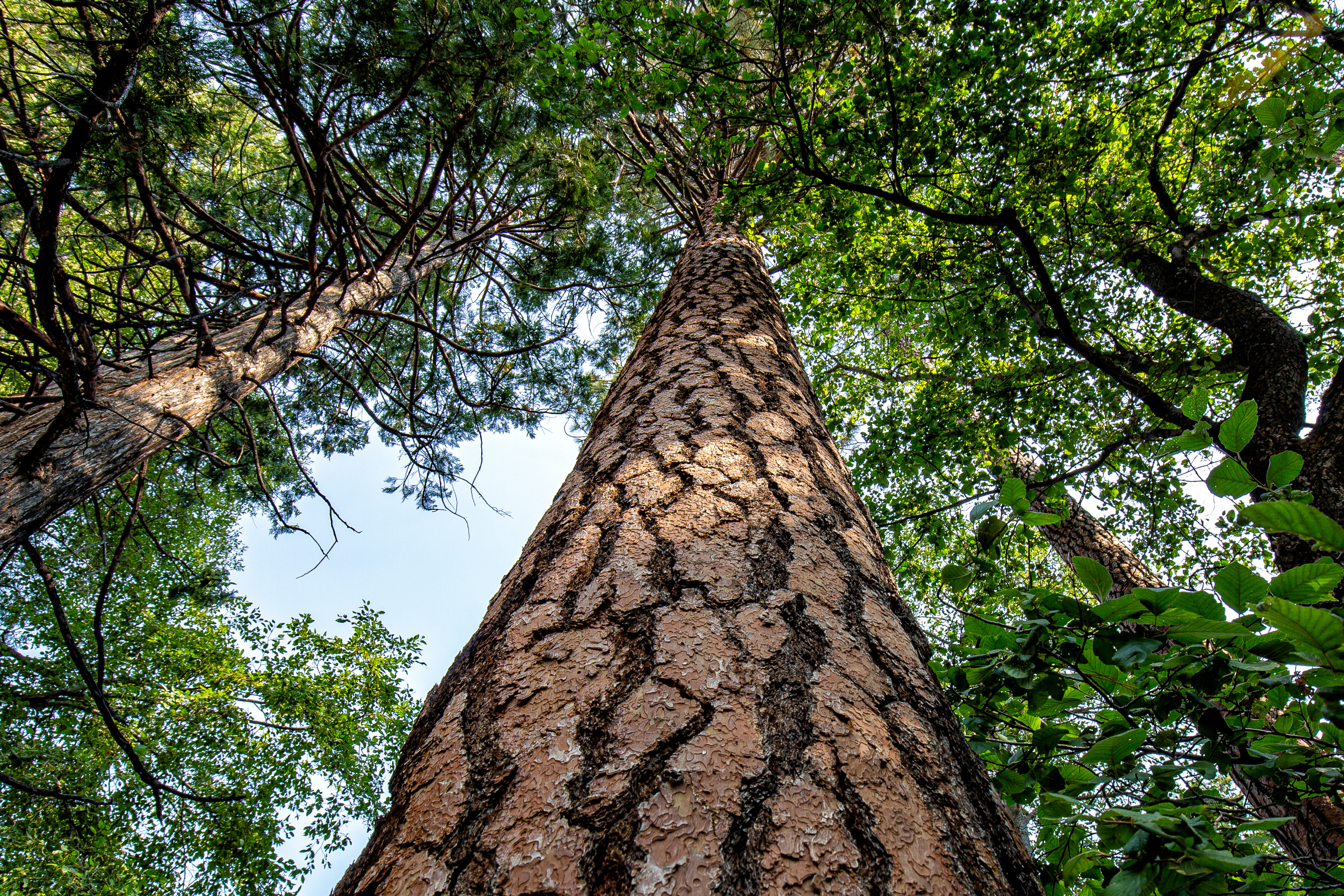
Crater Lake National Park was established in 1902, before commercial logging reached the High Cascades, so most of its forests are old growth forest ecosystems. However, the short growing season and low-nutrient volcanic soils do not sustain large trees. Few trees get over 150 feet.
There are four major forest zones in the park, each named after its dominant tree species. Starting in the park’s lower elevations, ponderosa pine forest is the first zone. Then there’s the lodgepole pine forest at about 5,000 feet. It’s sometimes referred to as “dog’s hair forest” because of the dense, scraggly stands of thin lodgepoles.
Mountain hemlocks are dominant at about 6,000 feet. The next zone is almost entirely whitebark pines and extends from about 7,500 feet to the top of Mt. Scott, the highest point in the park.
ROAMING WILDLIFE
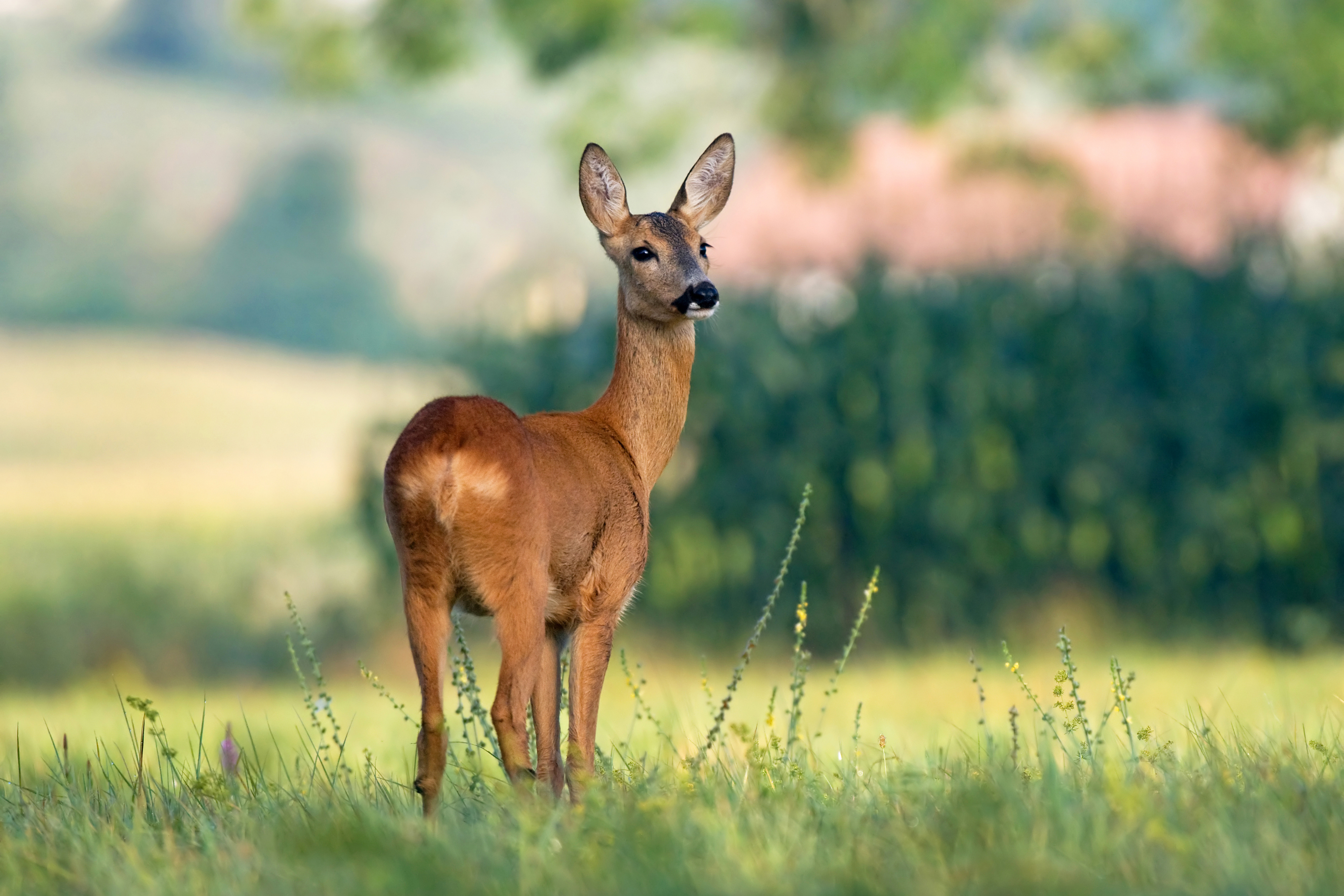
Crater Lake National Park’s forested land high in the Cascade mountains is home to a diverse range of plants and wildlife.
As you explore the park, you may see bears, coyotes, elk, porcupines, amphibians, and more, plus a variety of birds and insects.
The lake and streams in the park have many species of fish and animals, including the endangered bull trout and the Mazama newt, which is only found at Crater Lake.
CLEETWOOD COVE
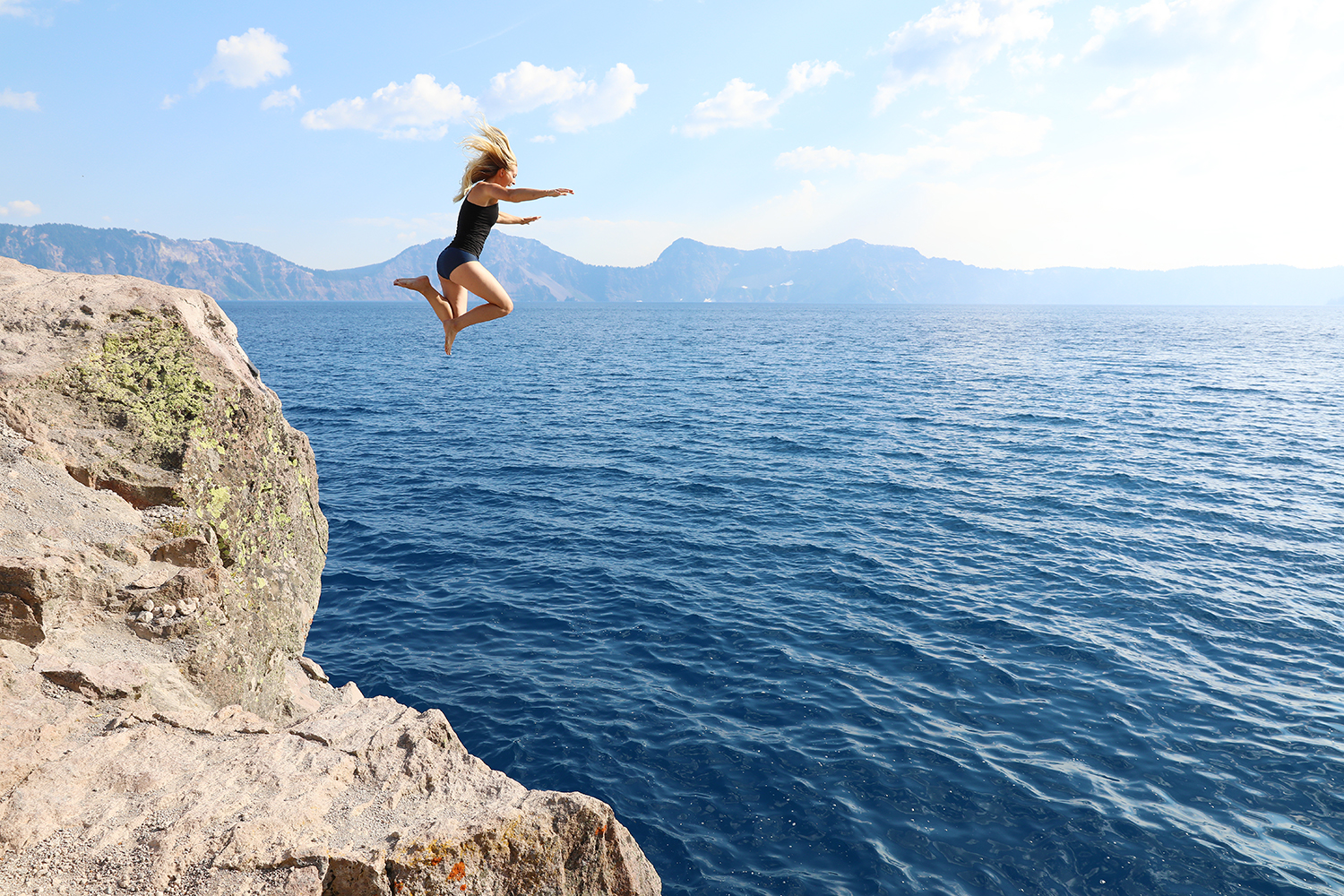
This is a steep, but rewarding, hike. In 1.1 miles, the trail drops 700 feet through a series of long switchbacks. The trail surface is crushed pumice, and when it’s dry, the pumice is loose and slippery. There are a few benches that hikers are encouraged to use; they’re perfect spots to rest, have a water break, and enjoy the views.
Additionally, Cleetwood Cove Trail is the only legal access to Crater Lake’s shore. Depending on snow conditions, the trail is usually open from mid-June to late October. Swimming, wading and fishing are permitted in the lake.
Cleetwood Cove Trailhead is located on East Rim Drive, 4.6 miles from North Junction. Access to the trail is dependent on road status and trail conditions. It opens on a different date each year after roads have been plowed and deemed safe, and the trail has been assessed.
FAST FACTS ABOUT THE PARK
Need some quick info about the national park? Here’s some facts and how to contact the park if you have any questions.
- 183,224 acres of mountains, peaks, forests and lake
- 541-594-3000 is their phone number
- Visit the website to plan your trip
- Get social on their Facebook page
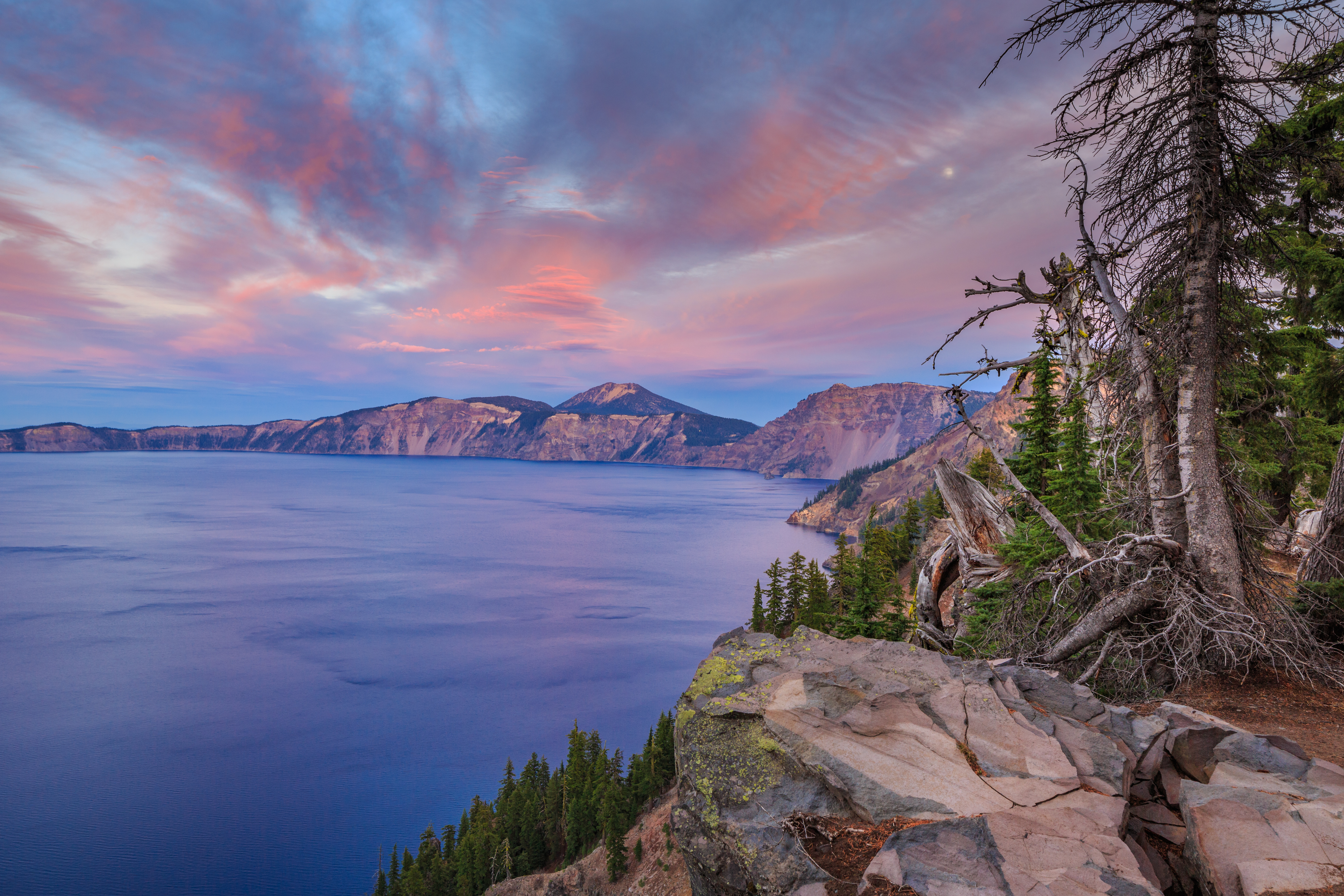
A PARK FULL OF ADVENTURE
Crater Lake National Park has numerous sights to see, educational opportunities, and different things to discover. With nearly 200,000 acres of land to explore, you’ll be greeted with a new adventure at every turn.



